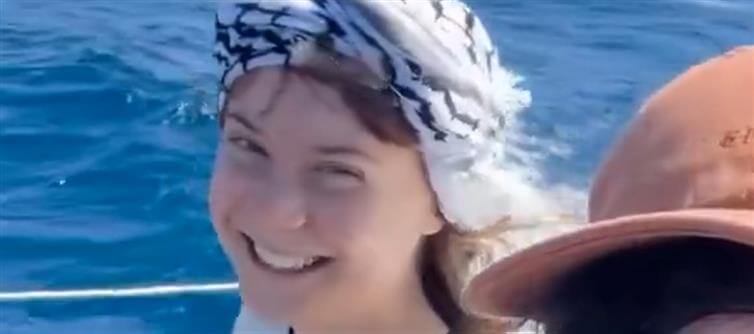
The route the activists are taking—through Greek, Cypriot, Turkish, and ultimately Israeli-controlled waters—passes through highly monitored zones where geopolitical sensitivities run high. Any attempt to breach Israel’s naval blockade of Gaza, even under the guise of humanitarian aid, is likely to be met with military resistance. The May 2025 drone strike on the aid vessel "Conscience" serves as a stark warning; it demonstrated Israel’s willingness to act decisively, even in international waters, to prevent what it perceives as unauthorized or politically provocative actions. This voyage, no matter how peaceful its intention, may be interpreted by israel as an act of defiance or a security threat.
Once in or near Gaza, the dangers intensify. The coastal strip remains under severe humanitarian strain—shortages of food, medicine, and infrastructure persist, alongside ongoing Israeli airstrikes and ground operations. Even well-meaning aid missions can become flashpoints for violence, both from military engagement and internal instability. Crowd violence, looting, and factional conflict among local groups create an unpredictable and perilous environment. Without coordination with established humanitarian agencies like the United Nations Relief and Works Agency (UNRWA) or the international Committee of the red Cross, such missions not only endanger participants but also risk complicating broader humanitarian efforts. While symbolic activism has value, this type of direct intervention, in such a volatile setting, borders on reckless.




 click and follow Indiaherald WhatsApp channel
click and follow Indiaherald WhatsApp channel